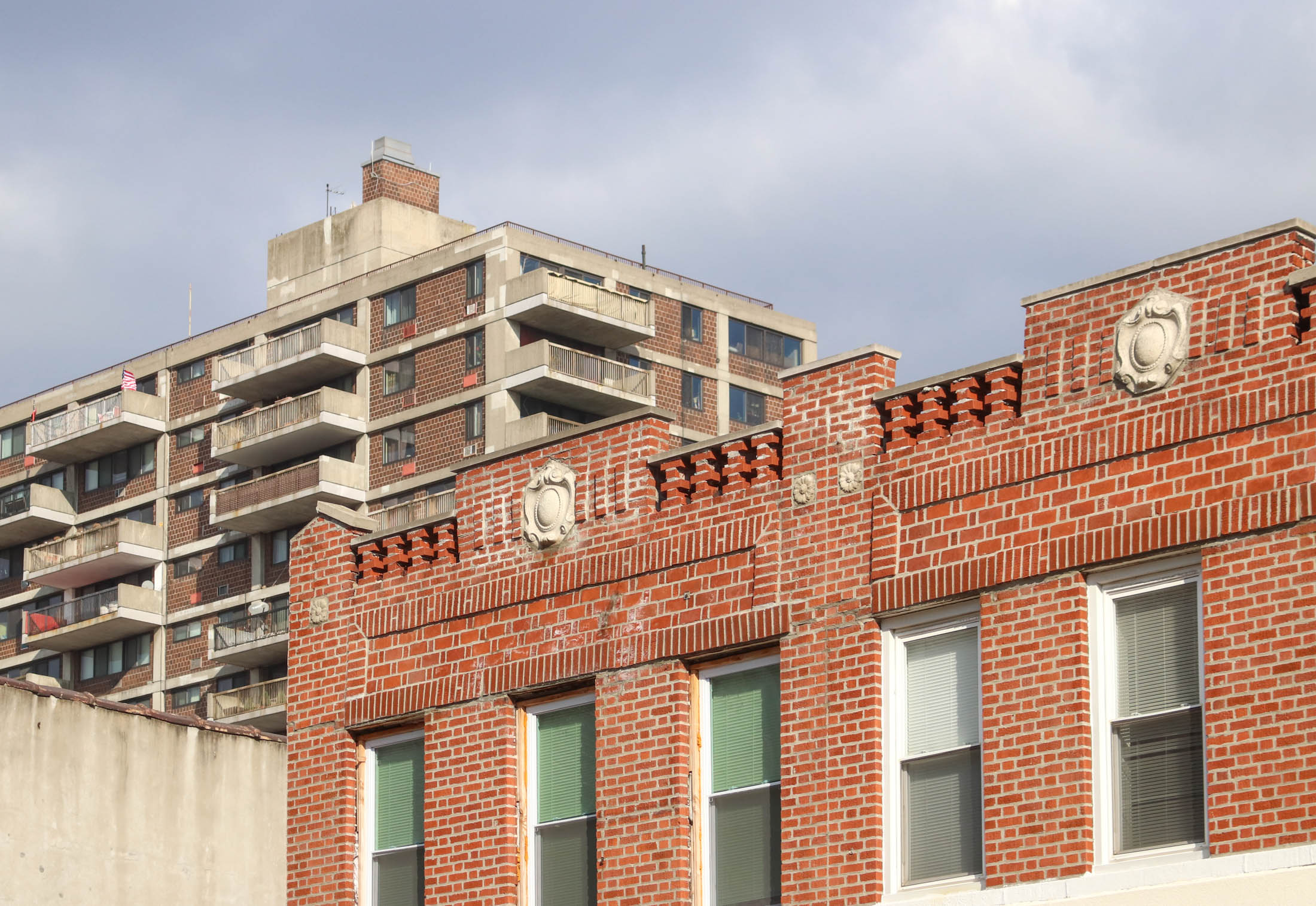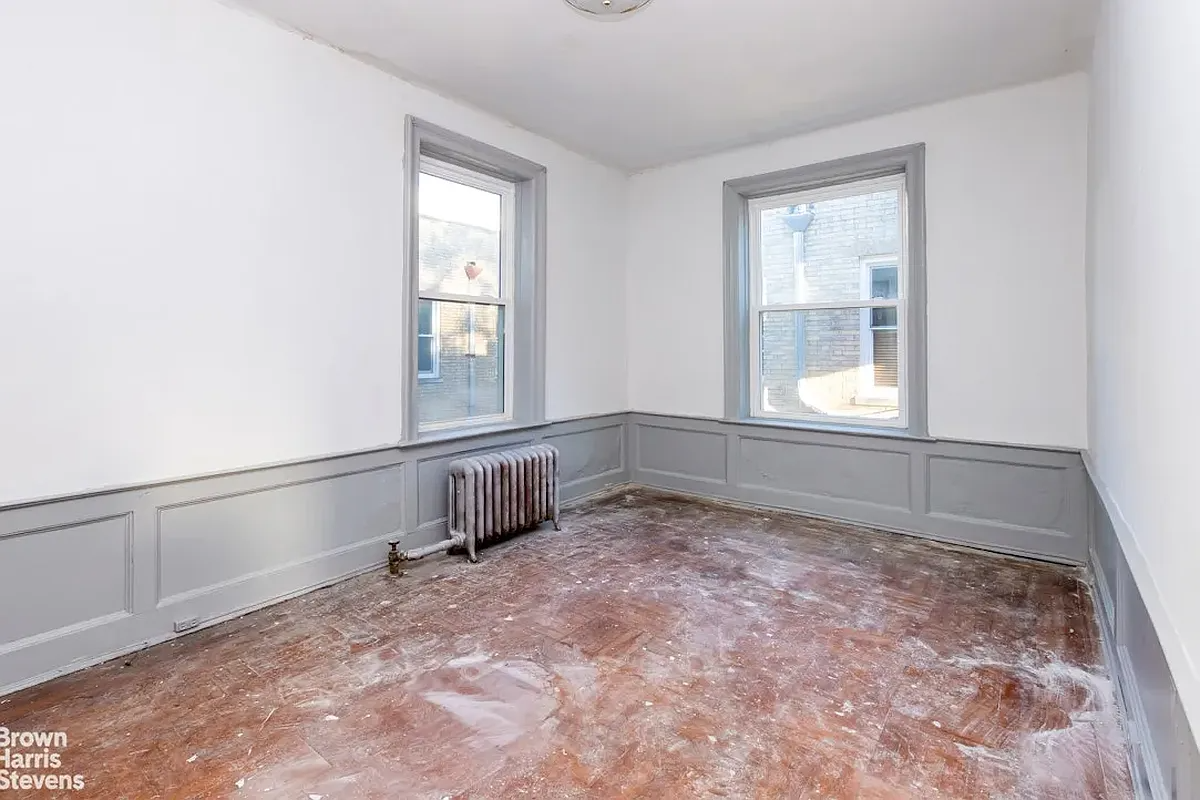Little Boxes, Big Slums
So what happens when McMansions all over the country are downgraded in status and price to the dollar menu? According to an article in The Atlantic, it means we’re witnessing a huge shift in where Americans are choosing to live. The piece, by Brookings Institution fellow/Arcadia Land Company honcho Christopher B. Leinberger, racks up fact…


So what happens when McMansions all over the country are downgraded in status and price to the dollar menu? According to an article in The Atlantic, it means we’re witnessing a huge shift in where Americans are choosing to live. The piece, by Brookings Institution fellow/Arcadia Land Company honcho Christopher B. Leinberger, racks up fact after fact to support the theory that the suburbanization of the U.S. has run its course:
For 60 years, Americans have pushed steadily into the suburbs, transforming the landscape and (until recently) leaving cities behind. But today the pendulum is swinging back toward urban living, and there are many reasons to believe this swing will continue. As it does, many low-density suburbs and McMansion subdivisions, including some that are lovely and affluent today, may become what inner cities became in the 1960s and ’70s—slums characterized by poverty, crime, and decay.
Leinberger argues that as cities have increased in cachet over the past decade or so, builders have gone gangbusters on the suburbs, leading to overdevelopment in non-urban areas and huge price premiums in our cities. One demographer he cites forecasts a “likely surplus of 22 million large-lot homes forecasts a likely surplus of 22 million large-lot homes (houses built on a sixth of an acre or more) by 2025—that’s roughly 40 percent of the large-lot homes in existence today.” There are plenty of good reasons to believe cities—and manufactured, urban-esque “lifestyle centers” outside of cities that include walkable streets and retail clusters—will only continue to grow in popularity. For example, Leinberger notes that by 2025 there will be an equal number of single-person households as families with children. The whole article is well worth a read, though it oddly doesn’t address the possible racial ramifications of a suburbia-as-slum/cities-of-gold cultural shift. Still and all, it’s a sobering look at how the McMansion developments of today may be the poverty-stricken badlands of tomorrow.
The Next Slum? [The Atlantic]
Photo by bob.





I read this article, and it makes some strong arguments.
and i was surprised that it didn’t cite actual examples of this sort of thing, because ithese problems have occurred before in commuter cities like palmdale and lancaster, in southern california.
in the mid and late 90’s there were squatters there, the properties had lost lots of value after the 94 quake, really bad crime, meth labs, not a good scene. people were upside down on mortgages and basically walked away…
likely won’t happen super close to NYC but it’s possible farther out on long island and in some upstate areas…
True, 11:45 and and 11:46 it’s what I said in my post at 11:15 too, but less eloquently! Ha. The cool towns in the near-suburbs of NYC on the Hudson and in CT are so vastly different from those far-suburbs subdivisions way out in Jersey. It’s just night and day.
Just to point it out, I’m not a suburbs booster, we own and live in Brooklyn and are enthused city-dwellers and fully committed to staying and riding out whatever comes. Loving the city life.
“Those developers and mortgage banks should go to prison.”
There you go! With some well placed barbed wire fence and guard towers, those McMansion “communities” could become the prisons to house all those charlatans. Done and DONE.
suburbs = devolved
I’d love a brownstone if they had decent-sized gardens like the Victorian homes in London. But they don’t, they have cramped “yards” unfortunately.
You can still find some decent old (wood) houses in a few suburbs though.
someone needs to start BitterRenter.com
I don’t think they are talking about the close-in suburbs of nyc either, 11:45. But the farther out suburbs will affect the inner ones, which will then affect the cities. If people no longer want to live an hour or two hours from the city, they have to go somewhere. This article is not saying every human will live in new york city.
If these people gravitate towards cities, there will be more people going after less property.
Good for anyone living in a city.
As the article states, New York City, if it were a state would be the “greenest” state in the country.
That’s something to be proud of.
this is brownstoner.com, not landlord.com 11.43.
11.43 – ruining your little-bubble world you mean?